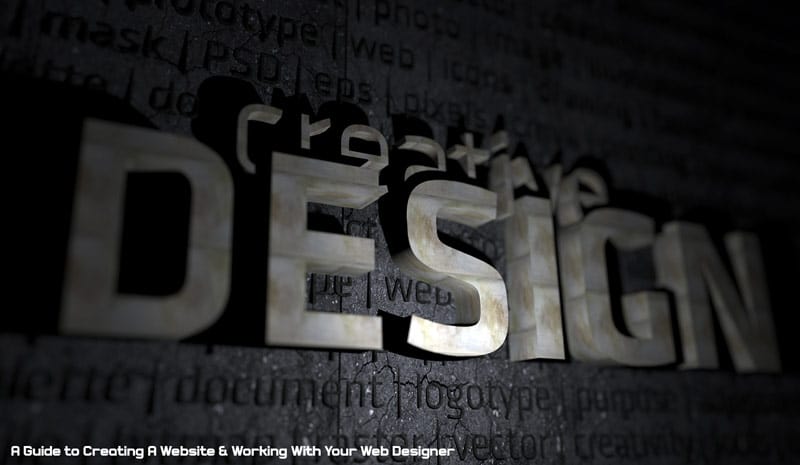Continuing with the guide we reach the stage where your website is built. It’s at this time when you should start to see the work you produced in stage one start to bare fruit.
A Guide To Creating A Website & Working With Your Web Designer Part Two
Building your website
This is where the time you pay for can be eaten up so be thorough in requests and the decisions you make.
- Remember, the more complex your requests/requirements, the higher the cost and time taken to complete. Are there functions that can be added once you are more established?
- Establish whether you need copy/text created for your pages, otherwise we can do for you and then you can edit as necessary. Google recommends 300+ words per page but this is only relevant for the most important pages of your website (eg. a gallery page would not need 300 words).
- Supply branding/logo and any company colours that you use. If you know the RGB value supply that otherwise give us something that uses it and we will work it out.
- Do you have photo’s we can use or do you require images from our extensive stock library? We have strong relationships with photographers so if you require a photo shoot let us know.
- We are professionals. We are used to taking feedback good and bad so don’t worry about saying that you dislike something. If you don’t like something, find a way to articulate what you specifically feel is wrong. Providing vague, ambiguous statements makes it difficult for us to resolve the problem. The more specific you can be, the better.It’s OK to dislike elements of your site in the initial rounds of design. Just keep in mind that we want to create a website you’ll love, so openly discuss what doesn’t feel or look right.
- Don’t say, “Do what you think is right”. Now, this might sound like a dream request but it’s actually a really scary thing to hear if you are a designer. That’s because clients rarely mean it when they say it. At the time, the client thinks that they are being easy to work with but this carefree attitude is usually short lived.Without a clear initial direction, it’s difficult to align the expectations of the client and the designer, and it can result in something that needs to be completely revised later on.What to say instead: “I’m not sure. Tell me what you think is best and then we can go from there.”Don’t make significant strides in development or design without having some idea of what is to come. If you don’t know what you want, fine. Your web designer is there to provide advice and guidance. Just make sure they explain their idea before they run with it.
- You or a person from your business will need to be involved throughout the project to provide approval, answer questions, and offer details about the business. Make sure that person knows they need to respond in a timely fashion. Any delay in correspondence can put the project back and drastically impact a designer’s schedule.
Stay tuned for part three which will help you finalise the launch of your website so you can share it with the world.
[divider style=”double” padding_top=”10″ padding_bottom=”10″][/divider]
Sign-up for our newsletter and stay up to date with our guides as well as the latest news at Capital Web –
[gravityform id=”3″ title=”false” description=”false”]

